What was Stonehenge used for and how and why was it built?
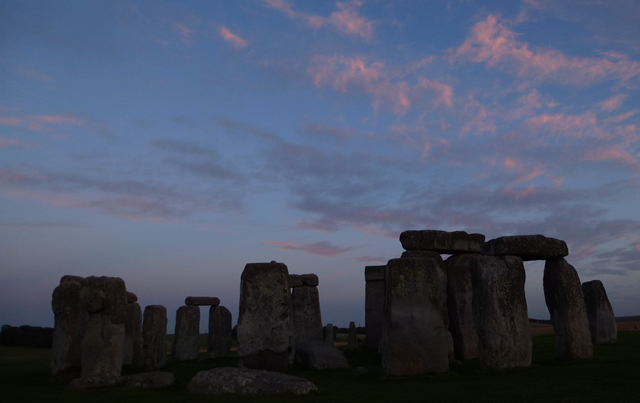
We’ve shared what you can expect to see at Stonehenge on our What is Stonehenge? page. Here, we explore perhaps the more intriguing side of Stonehenge: the fascinating mysteries that surround its purpose and the methods behind its construction.
Researchers find that the Neolithic age during which people built Stonehenge is so long ago that firm, factual information is sparse. As a result there is no shortage of conflicting dates and views about Stonehenge.
What do we know about Stonehenge?
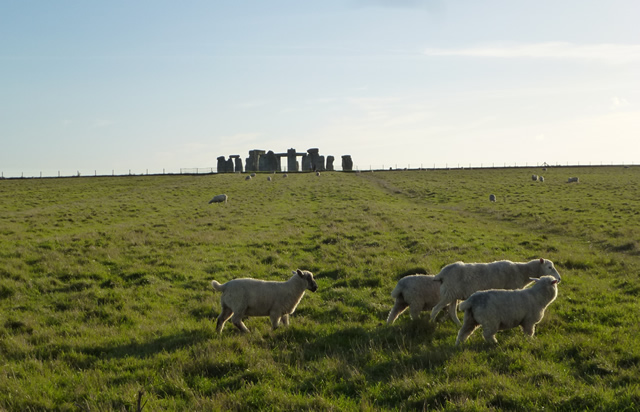
Nearly every year, respected archaeologists will put forward papers suggesting that we need to adjust dates and change our assumptions about Stonehenge. Additionally, if you grab a couple of books about Stonehenge from the gift shop, you’ll notice that even the basic dates can vary significantly between different titles.
Here, we strive to provide you with a glimpse into the different perspectives on Stonehenge, exploring how builders constructed such a monumental structure in an era lacking the modern technology we have today. Additionally, we will delve into the reasons behind its creation and the ceremonial functions it served within the broader Stonehenge Landscape.
Stonehenge Landscape – more details
Researchers propose three strands of theories about how and why they built Stonehenge:
The Archaeologist’s viewpoint
Based on observation, digs in and around Stonehenge, carbon dating and conclusions at other Neolithic sites all around the British Isles.
The Archaeoastronomer’s viewpoint
Researchers note that nearly all the stones at Stonehenge are precisely sited and correlate to significant events of the planets’ orbit like solstices. A suggestion that Stonehenge is perhaps a place where ancient astronomy took place, perhaps part driven by the need to predict agricultural seasons.
The New Age viewpoint
The New Age is a loose term we have used to summarise a spiritual input. Religion for want of a better term in Neolithic times had similarities to pagan religions nowadays.
The concept of Mother Earth and Father the Sun overlap to some extent with the Archaeoastronomer’s viewpoint, the concept of ‘energies’ and the siting of Stonehenge at the intersection of many Ley Lines also follow a back to nature theme.
Today the Druid religion uses Stonehenge as a key religious monument, though druidism itself wasn’t around at the time of the Neolithic’s.
The mysteries of building Stonehenge
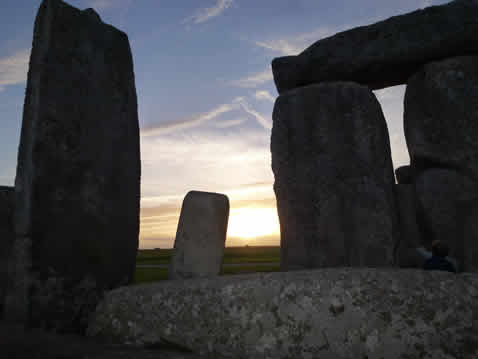
One of the major mysteries of Stonehenge was how builders constructed it.
Workers would have dug the ditch and bank itself with antler picks about 6 feet deep and piled up soil to make a bank about 6 feet high. At the time of creating the bright white fresh chalk would have contrasted vividly against the surrounding grassland.
The first stones – the bluestones from the Preseli Hills
The builders sourced the first stones, the bluestones (weighing around 4 tons each), from the only place in the UK where such stone exists, in the Preseli Hills in north Pembrokeshire in Wales, nearly 200 miles away. There is much archaeological debate surrounding the theories of how the stones got from Wales to Salisbury Plain.
A popular theory with some academics is that these stones were quarried from the spot in Wales and then transported largely by water, and then by log roller systems over land to the site of Stonehenge. However nobody has even today successfully re-enacted this feat with the technologies available at the time. Nor found any evidence along the way to support this. The other major and perhaps more plausible theory suggests that glaciers moved the stones naturally to Stonehenge during the Ice Age.
The big ones – the Sarsen stones
The larger stones the Sarsen stones came from only about 20 miles away, but again with no modern machinery and before the wheel this would have been a huge undertaking, through the undulating countryside.
Workers roughly cut the sarsens where they found them and then dragged them on top of tree trunks, using them as rollers, to Stonehenge. Experts estimate that hauling these gigantic stones would have required as many as one thousand people, perhaps taking ten years to complete the task.
An elite group of knowledge
Due to the complexity of organising such a mammoth task, it seems likely that an elite group of people possessed and passed on specialist building knowledge, like a guild today, organising the engineering within local – and more distant – communities. Leaders over many generations must have been able to inspire the masses into the concepts and beliefs that drove them to attempt such a monument.
Craftsmen construct Stonehenge much like fine woodworking. The stones feature intricately carved joints and sockets, allowing them to fit together perfectly. What sets Stonehenge apart is its use of horizontal stones that create arches. Skilled designers have crafted these stones to remain level, even on a sloped landscape. Additionally, they have uniquely shaped the stones into flat-sided blocks.
An army of people
Without metal implements, it would have been very labour intensive to shape these vast stones using stone tools. A whole army of people would have needed to be on site to perform the shaping. We know this as the land around Stonehenge is full of the chippings.
How did they get those huge stones up there?
Erecting the stones also would have been problematic without modern aids. Workers would have dug ditches into which they would site the stones. The uprights we see at Stonehenge have about a third of their length concealed below ground. The most common theory is that builders erected large earthen ramps, toppled the stones over the top into their prepared holes, and somehow pulled them vertical, perhaps using primitive A frames for leverage.
What did people use Stonehenge for?
Over the years of research regarding Stonehenge, scholars have put forward several different theories about why people built Stonehenge. The three most plausible seem to be:
1. Sacred Burial Site.
2. Site for Celestial or Astronomical Alignments.
3. Place for Healing.
Historically, people believed that the Druids used it as a temple; however, modern understanding recognises that Stonehenge pre-dated the Druids by some 2,000 years. However the legacy lives on – thousands of modern day druids and people of alternative religions visit Stonehenge every year, particularly around the solstices and equinoxes.
Burials at Stonehenge
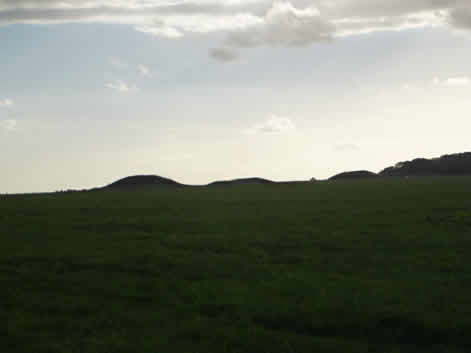
The evidence supporting the sacred burial site idea, is all around the area, you only have to visit and see the in the wider Stonehenge landscape the burial mounds all around. Archaeological finds have turned up skeletons too, such as the archer, the Bronze Age man discovered in 1978 in the outer ditch of Stonehenge.
The findings indicate that Stonehenge was likely a sacred site where people lived nearby and visited for worship. In recent years, archaeologists have uncovered over 63 bone fragments belonging to different individuals at Stonehenge. Additionally, recent archaeological discoveries suggest that it may have served as a burial ground exclusively for the elite, often referred to as the ‘royals.’
The other archaeological finds around Stonehenge show evidence of a large settlement of houses nearby. Theories are that Stonehenge formed part of a larger ceremonial complex along the nearby Avon that also included the vast earth mound at Silbury Hill, as well as Durrington Walls, and Woodhenge. The River Avon is thought to have been a conduit between the world of the living (Woodhenge) and the world of the dead (Stonehenge). Academics say that a pre service took place at Woodhenge and then the people proceeded for a final service at Stonehenge.
The existence of a ceremonial route up to Stonehenge suggests an organised procession where some kind of ritual took place within the inner sanctum of Stonehenge by the Altar Stone. The fact that Stonehenge had banks 6 foot high surrounding it precluding viewing into it raises the spectre that perhaps only the highest echelon were part of the ceremony.
Astronomical alignments
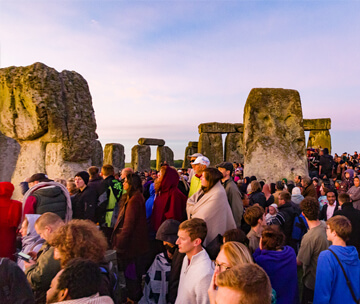
It is also clear that astronomy had something to do with Stonehenge, it is just too much of a coincidence the siting of the stones. The pure theory that Stonehenge was all to do with astronomy, the private fiefdom of a ‘priest’ like figure or group that studied astronomy to predict the seasons for agriculture is largely discredited.
Similar peoples across the water in what is now Europe were perfectly able to successfully farm without the use of such structures and there is evidence there was trade/contacts between the two.
A common view is that the timings of the ceremonies was all important and this is the only astronomical significance.
And what is the significance of the ley lines that bisect Stonehenge and many other similar Neolithic monuments that statistically go well beyond it being just coincidence?
Today Stonehenge is of course famous for being a gathering place for thousands of people, for one day every June, from all walks of life, including pagans and druids and those looking to experience the spectacular wonder of Stonehenge at dawn at the solstice.
Summer Solstice tour from London
Healing and pilgrimage at Stonehenge
There is also evidence that Stonehenge and Durrington Walls was a place of pilgrimage. What is clear is that people travelled some way to Stonehenge. A skeleton found when studied was from a person originating from what is Switzerland today for example.
The bluestones first brought to Stonehenge were thought by some ancient societies to have healing properties. Some human remains found show evidence of significant injuries to those attending.
So one theory is that Stonehenge was thought to be a place of pilgrimage where miracles of healing may take place.
The religious aspect also has to be accounted for and logically is the key to understanding what went on at Stonehenge. Unfortunately we will never know for sure the detail of what they believed.
Today, Stonehenge is used by pagan religions which have some similarities. Druids often use Stonehenge for formal ceremonies, normally long before the tourists arrive.
It’s a mystery what Stonehenge was really used for, and that’s what makes visiting it so intriguing and enjoyable. Feel free to draw your own conclusions!